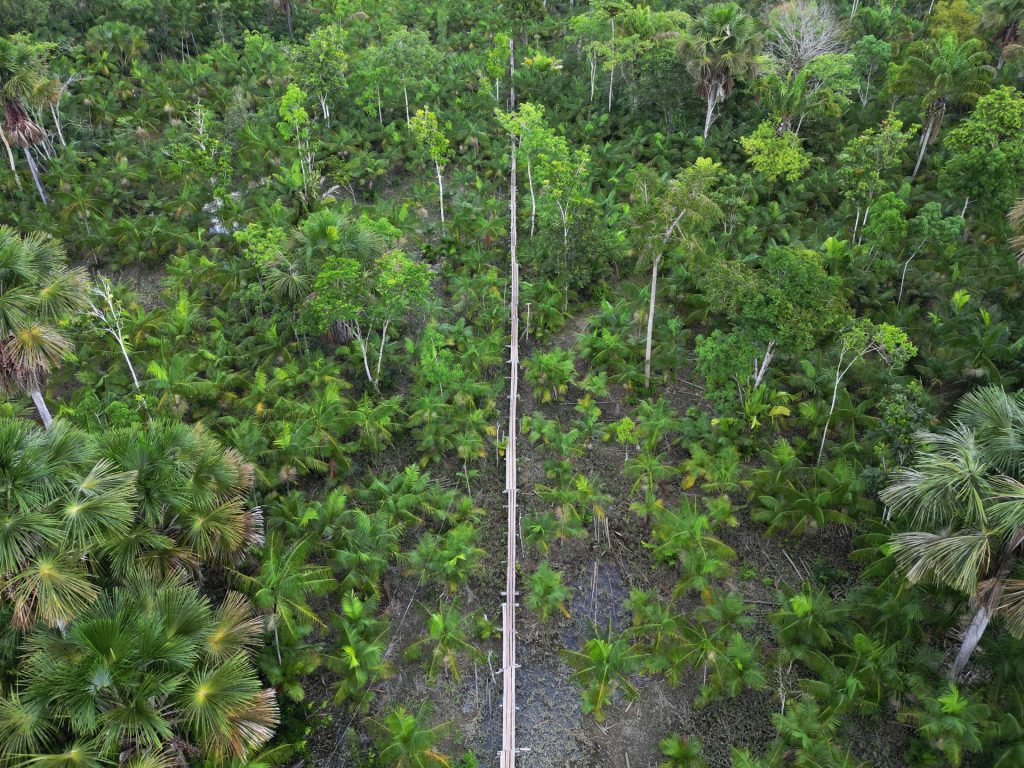The International Union for Conservation of Nature (IUCN) has published a report warning that over 16,000 tree species are at risk of extinction, representing more than one in three species of trees worldwide. The report assessed over 47,000 species out of an estimated 58,000 in the world and identified threats such as deforestation for logging and agriculture, as well as climate change leading to drought and wildfires. Many tree species are used for construction timber, medicines, food, and fuels, with well-known species like horse chestnut, ginkgo, big leaf mahogany, ash, magnolia, and eucalyptus among those at risk.
Notably, the number of threatened tree species surpasses the combined total of threatened birds, mammals, reptiles, and amphibians. The report highlights that the highest proportion of at-risk tree species is found on islands due to rapid development, agriculture expansion, and introduction of invasive species, pests, and diseases. In South America, which holds the greatest tree diversity globally, over 3,000 out of 13,000 assessed species are in danger, with many likely to be undiscovered yet facing extinction when found.
The IUCN is calling for immediate action to protect and restore forests through tree planting, conservation of endangered species through seed banks and botanical gardens. Trees play a critical role in supporting life on Earth by maintaining ecosystems that millions of people rely on for their survival and livelihoods. The report’s release coincides with the UN COP16 summit on biodiversity in Cali, Colombia, where the UN Environment Programme (UNEP) emphasizes the need to increase investment in nature to $542 billion annually by 2030 to address nature loss and achieve climate goals, up from the current $200 billion in 2022.
The report underscores the urgent need to address the threats facing tree species worldwide, including deforestation, habitat destruction, and climate change. Forest protection and restoration, along with conservation measures for endangered species, are crucial to preserving the vital role trees play in ecosystems and human well-being. As the number of threatened tree species continues to rise, action must be taken at the global level to prevent further extinction and protect the planet’s biodiversity. The findings serve as a wake-up call to governments, organizations, and individuals to prioritize conservation efforts and ensure the survival of tree species essential for life on Earth.
Efforts to conserve tree species will require collaboration between governments, conservation organizations, and local communities to implement sustainable land use practices, protect natural habitats, and reduce the impact of human activities on ecosystems. The IUCN’s call for increased funding for nature conservation reflects the urgent need to address the growing threats to biodiversity and the environment. By investing in tree planting, habitat restoration, and species protection, society can work towards a more sustainable future that safeguards the diversity of plant life and ensures the well-being of future generations.















